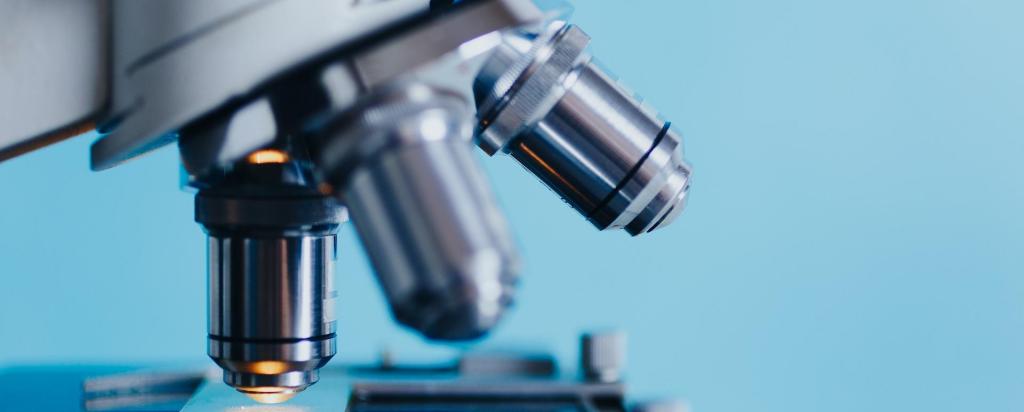ANSTO will share expertise in hydrogen capture and delivery in new ARC linkage grant
ANSTO is collaborating on a project funded with an Australian Research Council linkage grant that will develop new materials and better systems for efficiently storing hydrogen gas.


